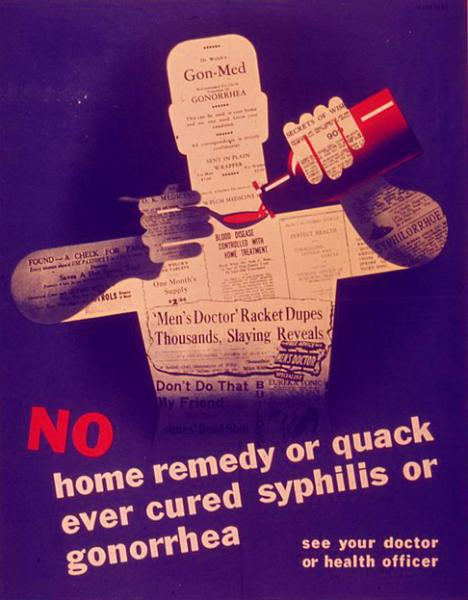Anyone who watches television has seen the ads for Opdivo, Lyrica and countless other drugs directed to consumers (physicians still call these people patients). Direct to consumer pharmaceutical ads (DTCPA) are regulated by the FDA and have grown from $12 million in annual marketing spending when initially approved to $3.45 billion last year, eclipsing marketing directed to prescribing physicians.
DTCPA was initially approved in 1980, Merck placing the first print ad in Reader’s Digest for its then-new pneumococcal vaccine, Pneumovax. Several years later, the FDA adjusted regulations for the limited time of television ads, and DTCPA quickly focused on this medium where consumers are more specifically targeted. It was money well spent as Big Pharma return on their advertising investment was estimated at $4.10 in sales for every dollar spent on television ads; the return for even more targeted digital advertising is calculated at $5.10. Moreover, all of these marketing costs are tax deductible as business expenses.
DTCPA come to us in three forms. There are help-seeking advertising, meant to raise awareness about a disease encouraging the consumer to seek medical attention and advice. A second category is reminder advertising where a specific product is mentioned, but no claims about the medication are made, they are advertising meant to promote name recognition, keeping the product in your mind. The most common advertising are ads where claims regarding the medication are made, these are the ones most heavily regulated by the FDA
The FDA’s initial regulatory guidelines remain in place today, modified for various media formats. Pharmaceutical advertising, both to physicians and consumers must
• Not be false or misleading
• Present a “fair balance” of information on a drug’s risks and benefits
• Include “material” facts to the product’s indications
• Include a “brief summary” that mentions every risk described in the product labeling
You can see the lawyer’s hand in the italicized phrasing. To their credit, the FDA’s evaluation of DTCPA is based not on “specific risk related statements, but at the net impression – i.e., the message communicated by all elements of the piece as a whole.” Unfortunately, from a regulatory point of view the FDA does not have the staffing to review all advertising and has no pre-approval of these ads; relying on advocacy complaints once the ads are running to identify DTCPA not in compliance.
Anatomy of a DTCPA Product Claim Advertisement
There are three main regulated components to these advertising
• The drug's brand and generic names
• At least one FDA approved use of the drug
• The most significant risks of the drug
The first two are straightforward although there is increasing interest in mentioning off-label indications – additional reasons to use the drug, shown to work empirically by physicians after the FDA’s initial approval. The statements of risk have been the focus of most regulatory change prompted initially by the time constraints of television advertising and largely responsible for those, oh so rapid words and fine print near the end of the commercials. The risk statements have, in turn, two components.
Every advertisement must contain a spoken presentation of a drug’s most significant risks. The FDA is so focused that it cites studies of how the order information is presented alters consumer perception when reading or listening and requires that the most important risks and reasons not to use a drug be mentioned first. (A quiet application of science to policy). The second component is prescribing information; the package insert that travels with the drug from the manufacturer to the pharmacist or physician prescribing the medication. These inserts are the details, how to prescribe the drug safely and are written by the manufacturers and approved by the FDA. They are far too long for broadcast advertising and take up a lot of space in print ads. But they contain vital information on the interactions of the drugs with other medications and foods, who should not be using the drug, serious and common side effects, and effects on specific groups of patients, e.g., children, pregnant women, older adults. A careful listen to the advertising, and you will hear all of these points touched upon, if just briefly.
Prescribing information, for those time-constrained television ads, can be replaced by providing a source to that information. The most common sources are healthcare providers, a toll-free telephone number, the current issue of a magazine that contains a print ad with all prescribing information or a website.
The referral to a website does raise the regulation of digital forms of DTCPA, an area that the FDA has been more tentative in embracing. Because of the requirements for advertising with product claims, they do not appear like all the rest of the advertising on your screens. The ads that do arise mention either a drug’s name or indicated use, never both. Clicking on these ads will take you to a complete product claim advertisement with all the bells and whistles. It will also provide the website with your browser’s web address and all the information, private or not, that flows from that knowledge.




